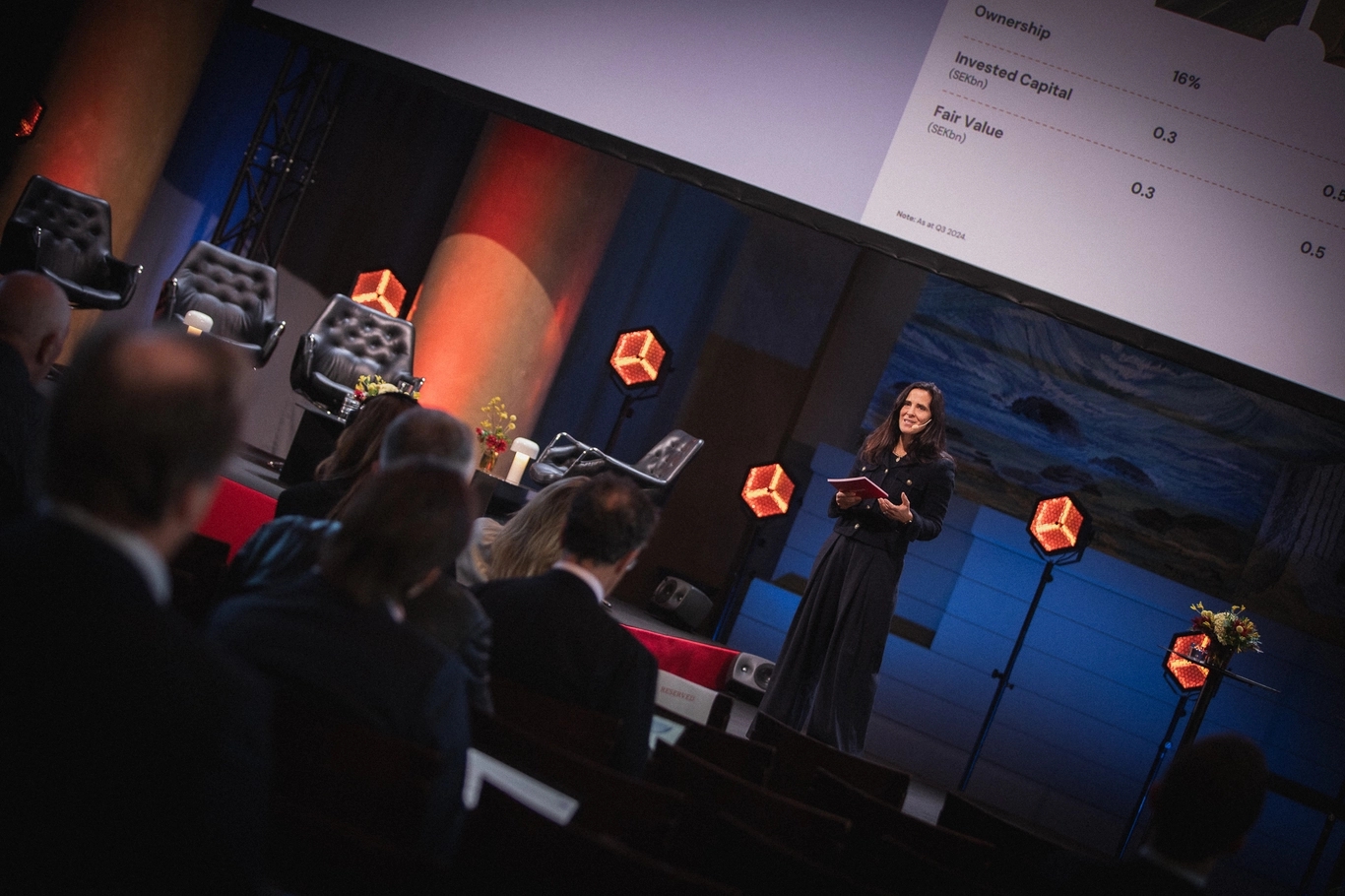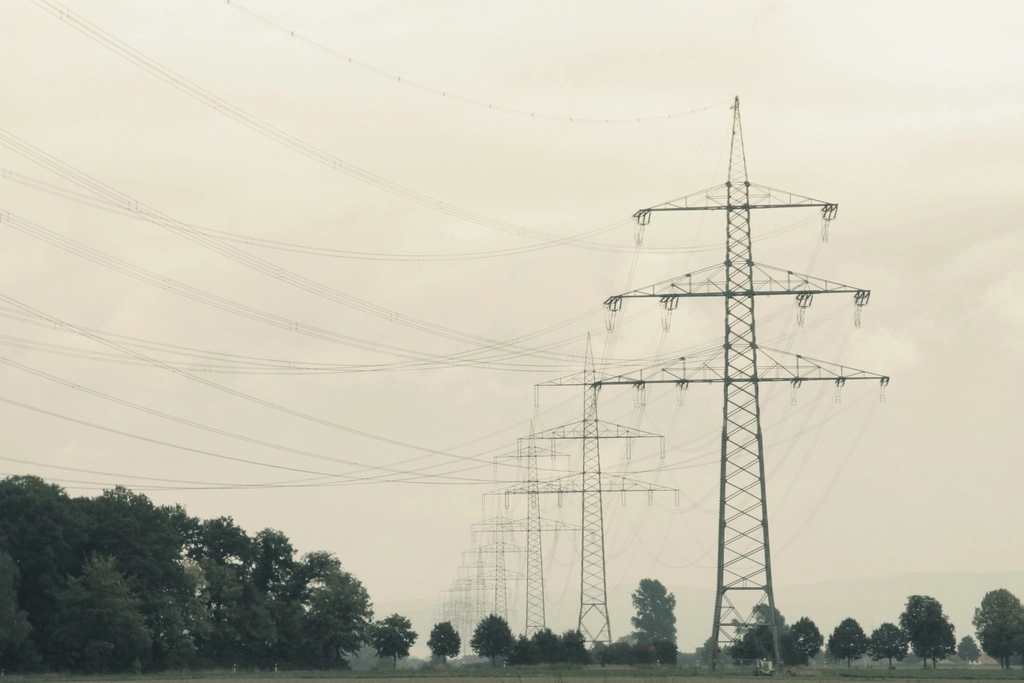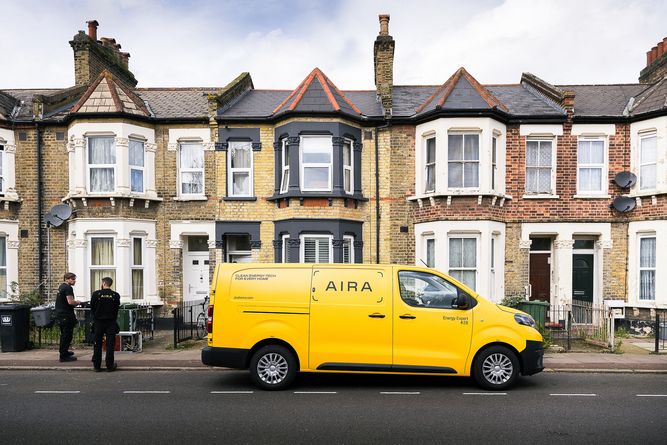
A deep dive on the energy transition
A systemic change is underway
Global electricity demand is set to double by 2050, driven by the electrification of buildings, transport and industry - and by the soaring energy requirements of technologies such as AI. At the same time, the shift away from fossil fuels is accelerating, with renewables expected to supply over 90 percent of total energy consumption by mid-century.
This transition is essential to tackling climate change, but it also marks one of the most complex transformations ever attempted in our energy system. We’re moving from a model built on predictable, centralised generation to one that’s intermittent, decentralised, digital, and demand heavy. That shift is creating new fault lines: a mismatch between when and where power is produced and consumed, pressure on aging infrastructure, and volatility that existing systems aren’t equipped to handle.
Periods of oversupply - when generation outpaces demand - are becoming more frequent, particularly in Europe. In 2024 alone, there were an estimated 9,000 hours of negative pricing. This is not because we consistently have too much power, but because we can’t shift it to where and when it’s needed - due to grid congestion, a lack of storage and insufficiently localised pricing mechanisms. In the UK, managing wind oversupply now costs around GBP 150m per month.
At the other end of the spectrum, low-generation periods lead to shortfalls, often forcing a fallback to fossil fuels - a solution that’s both expensive and carbon-intensive. These mismatches between supply and demand have contributed to European energy prices rising more than 50 percent over the past decade.
Then there’s the grid. Much of today’s transmission infrastructure is outdated, underfunded, and simply not built for the scale and complexity of modern electricity usage. Renewables, often located far from demand centres, require long-distance transmission - which leads to significant energy loss along the way. Grid upgrades are lagging badly, with development in the US down an estimated 93 percent since 2013. Europe and the UK have set targets, but most major projects are still years from completion.
Making the energy transition reliable, scalable and efficient is no small task - but with it comes one of the defining investment opportunities of our time. This is the moment to back the platforms and intelligence powering the next era of energy.
Rewiring for what's next
The first step in making our energy systems ready for this new world is the continued build out of massive new renewable capacity on both a centralised and decentralised basis. Next, it requires the expansion of storage capacity to smooth out intermittency. The core technologies (solar, wind, batteries, heat pumps, EVs) are already cost competitive and ready to be deployed at scale. Additionally, it requires a smarter, more reliable and flexible grid - one that can anticipate and adapt to real-time fluctuations. Lastly, it requires smart software and control systems for optimisation and orchestration at the point of use.
What excites us as investors is that within this landscape it is possible to find highly scalable and innovative technologies, targeted towards strategic pain points with significant ROI opportunities for businesses as well as consumers.

Exciting investment opportunities
Across this landscape we see five core areas where exciting investment opportunities are emerging.
Generation management & enablers
The energy transition hinges on the rapid deployment of new assets - from utility-scale wind, solar and batteries, to distributed assets in homes, commercial buildings, and industrial sites.
While much of the hardware has reached technical maturity and cost-efficiency, the challenge now lies in how quickly and effectively we can deploy it. This is where software and AI step in.
We’re seeing emerging players and investment opportunities in areas such as:
- Leveraging AI to streamline the assessment, permitting, and development of wind and solar parks
- Empowering installers of distributed assets like rooftop solar and heat pumps with better tools - thereby reducing their admin burden, increasing efficiency and, as such, improving the end-consumer experience and decreasing cost
- Marketplaces connecting Original Equipment Manufacturers (or OEMs) with installers in a flexible way to improve the customer experience and optimise go-to-market
Grid optimisation
A functioning, intelligent grid is a foundational enabler of the energy transition. Grid operators must manage increasingly complex connections between assets, while accurately forecasting supply and demand. Yet across the US and Europe, grid infrastructure - both hardware and software - is aging and ill-equipped for the demands of a modern energy system.
In monopolistic markets, grid operators have historically passed costs on to businesses and consumers. As a result, grid costs have steadily increased, often outpacing electricity costs themselves. To build and maintain a sustainable grid, average yearly investments in the global electricity grid will need to increase more than 80% over the next decade. [BCG, 2025]
However, rising pressure from electrification and the availability of new technologies are prompting grid operators to explore innovative solutions that can flatten the curve of cost inflation. We see exciting opportunities in areas such as advanced grid analytics, predictive maintenance, and distributed asset orchestration.
Software next generation retailers and the orchestration of flexibility
As energy systems decentralise, more generation and flexibility are shifting outside the traditional utility model. However, most hardware providers and energy retailers lack the capabilities to fully integrate and optimise these distributed energy resources (DERs). This creates space for software platforms that can aggregate and manage DERs - bridging the gap between assets and energy markets. The ability to shift usage to cheaper or greener energy at certain times of the day or to automate responses to market signals is becoming a meaningful lever for cost savings and system value.
We see exciting opportunities on both the residential and commercial & industrial (C&I) sides, particularly in software platforms that either sell directly to consumers and industries or enable established retailers and OEMs to transform their offering into a comprehensive “energy as a service” solution - integrating energy supply with optimization and flexibility.
Vertically integrated platforms for the home
Across the areas outlined above, vertically integrated players are emerging as powerful enablers of the energy transition. This is exemplified by our first investment in the space: Aira.
Aira is building a fully integrated platform for residential electrification, starting with heat pumps. By combining a compelling consumer offering with efficient installation and smart software, Aira enables the widespread deployment of energy-efficient and flexible assets in homes. Beyond installation, Aira empowers consumers to optimise their energy usage through dynamic tariffs and, over time, to actively participate in flexibility markets.
What excites us about Aira - and vertically integrated models more broadly - are the unique advantages that come from tightly coupling hardware and software. This integration is key to delivering a seamless customer experience and unlocking the full value of flexibility. For example, Aira’s ability to integrate hardware with intelligent software allows for more robust participation in flexibility markets, while also optimizing household energy holistically. This allows the company to balance cost savings, asset longevity, and indoor comfort. We continue to look out for other vertically integrated models across the energy transition value chain.
Data centres and AI
The proliferation of AI is leading to a rapid growth in data centre footprint, which is in turn creating enormous energy requirements. Demand from US data centers alone is projected to rise by 15% to 20% annually, reaching 100 to 130 gigawatt hours in 2030 - enough to power two-thirds of US households [BCG, 2024]. This could result in the US potentially seeing a shortfall of firm power (i.e., that which is constantly available) by as early as 2026. Given the net zero commitments of many of the operators of these data centres, it is specifically creating demand for decarbonised power.
Whilst compounding the need for the renewable build out mentioned above, we also believe this creates opportunities for a range of other solutions – from the software optimising data centre compute and energy consumption more broadly, through to the cooling solutions that ensure they can continue to operate.

Looking ahead
The energy transition is no longer a question of if, but how and when. The technologies are here, the urgency is clear, and the commercial models are robust - and now, the work is about execution. That means solving for deployment, coordination, flexibility, and system-wide intelligence.
We believe that transformative opportunities lie not just in adding more generation, but in enabling the ecosystem that makes clean energy viable at scale. Both the companies that enable the expansion of the system as well as those that help it to operate more efficiently - across homes, grids, markets and devices - will be the ones that define this next chapter.



